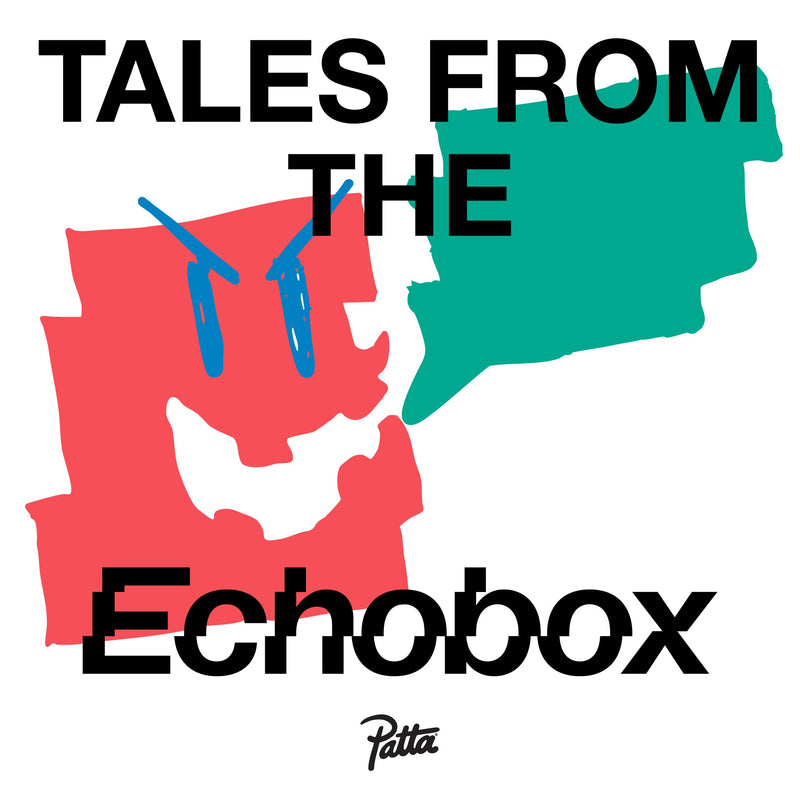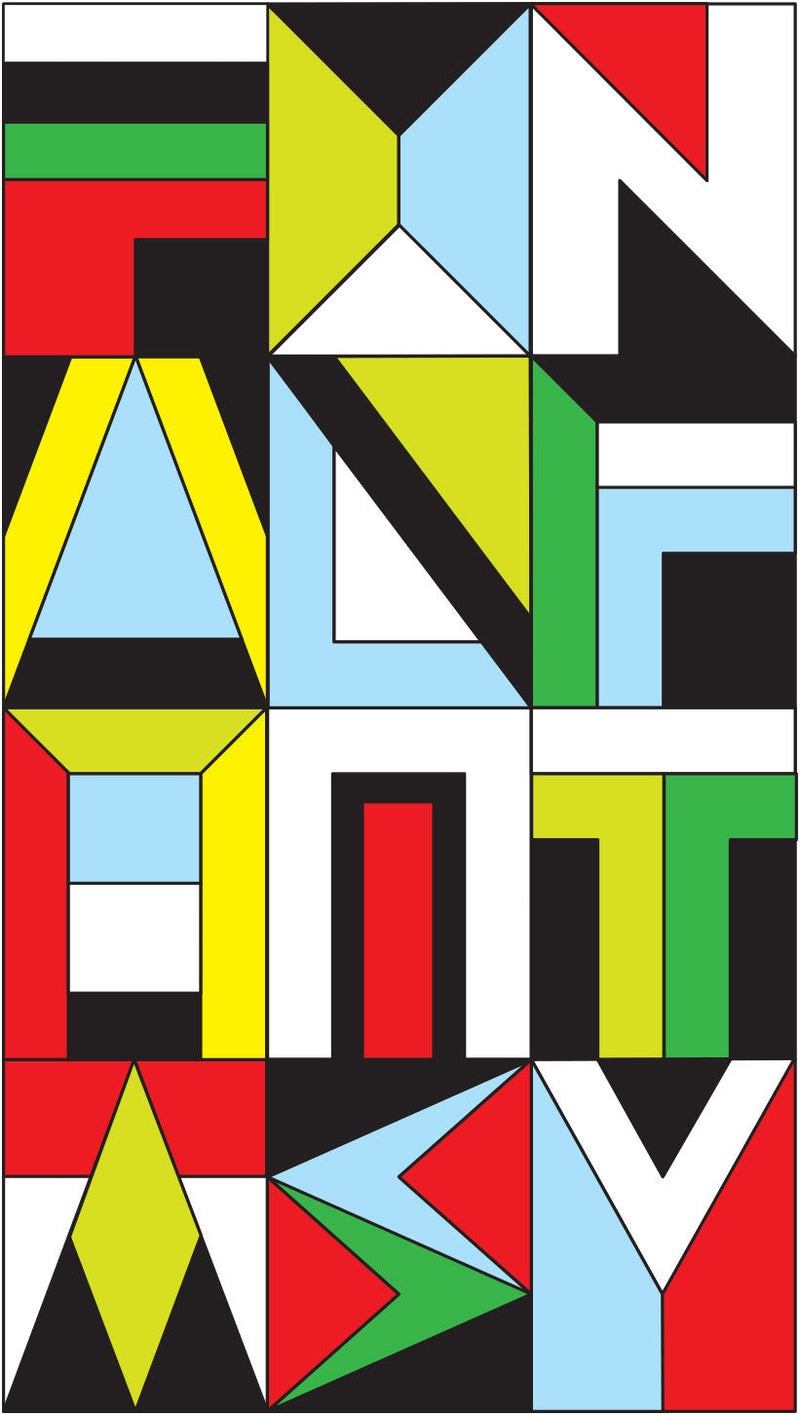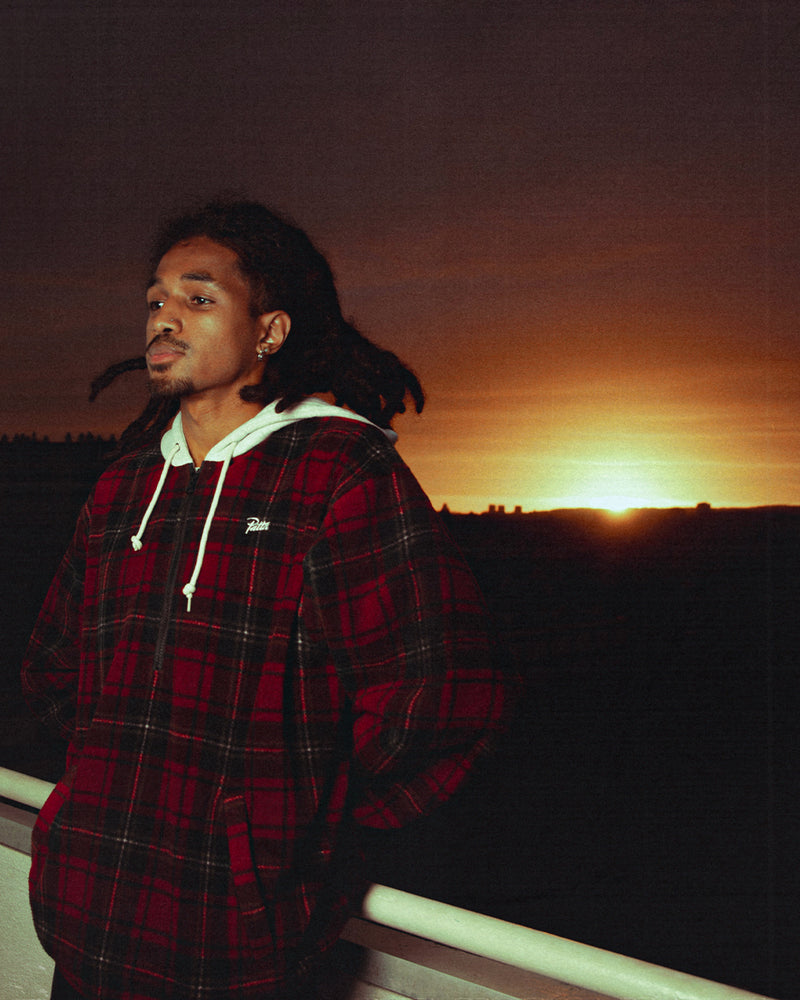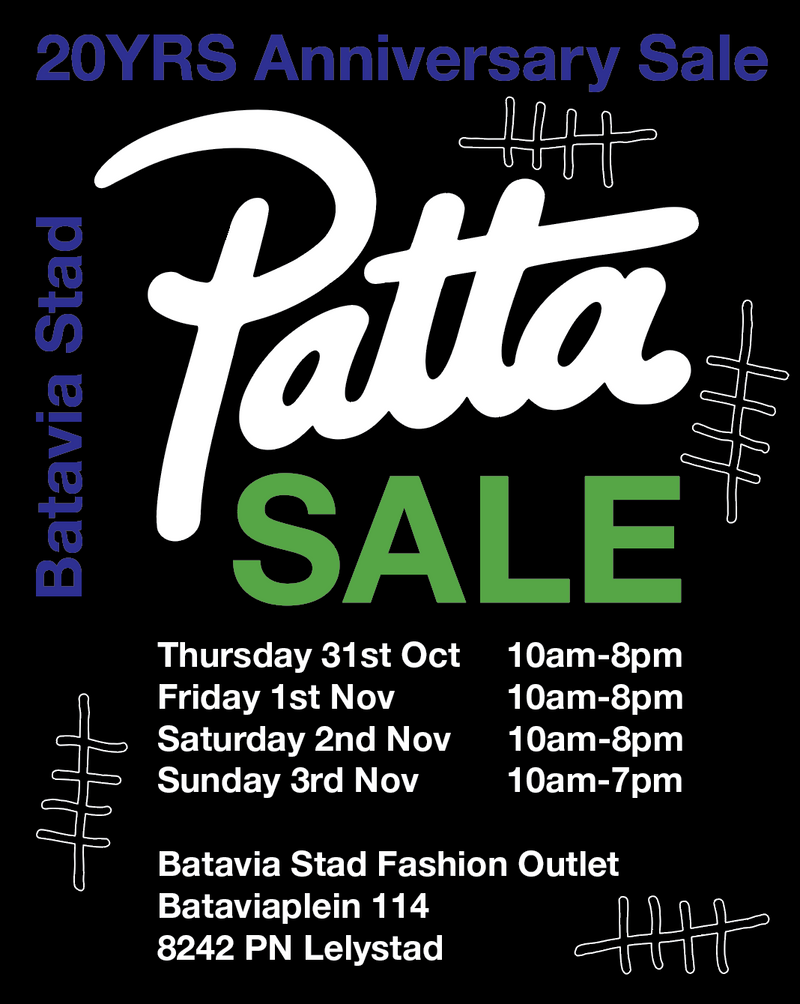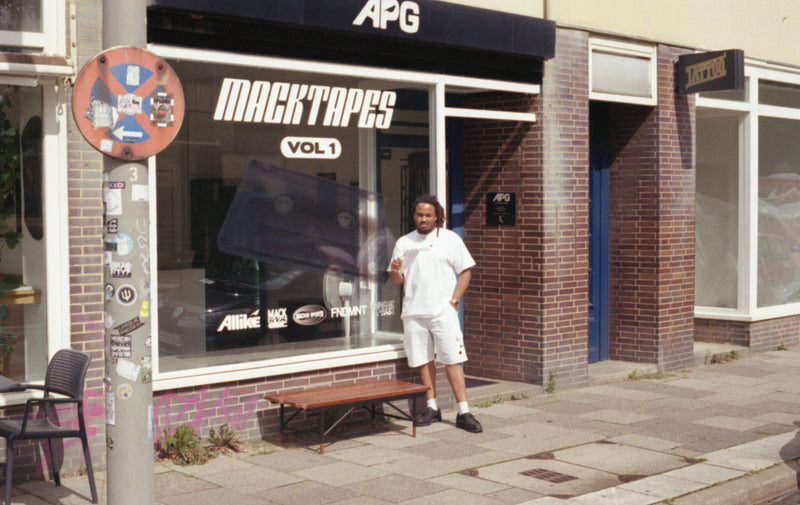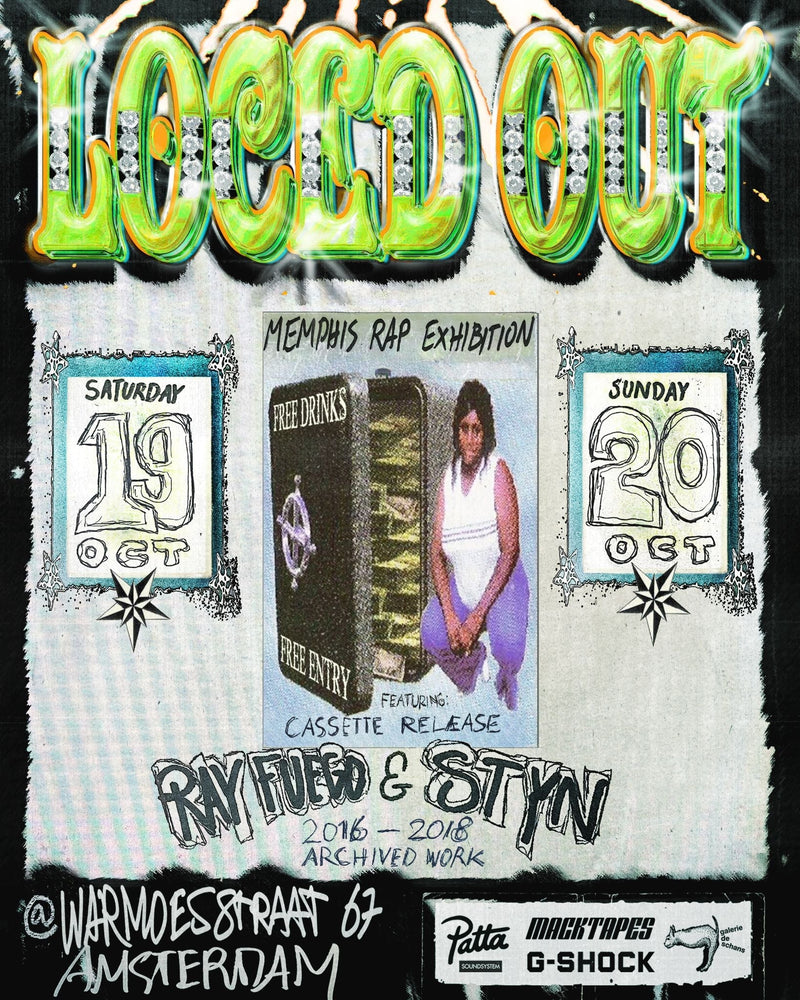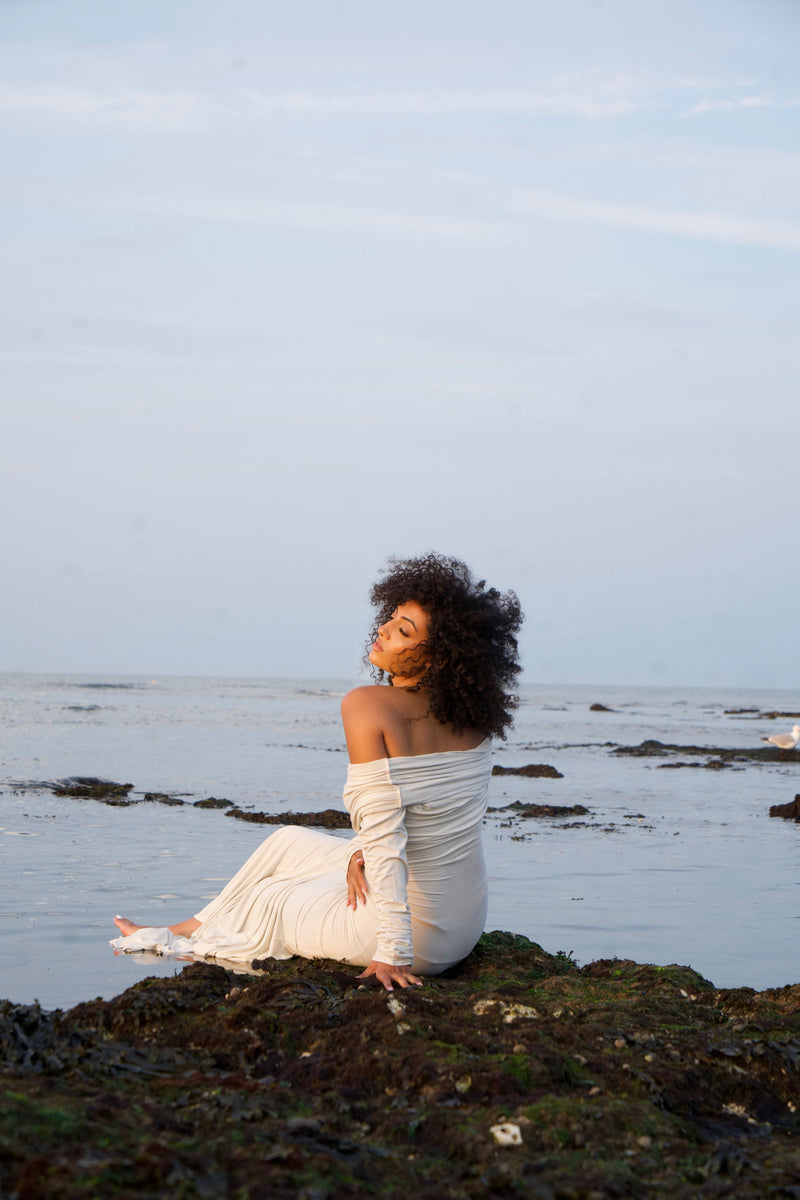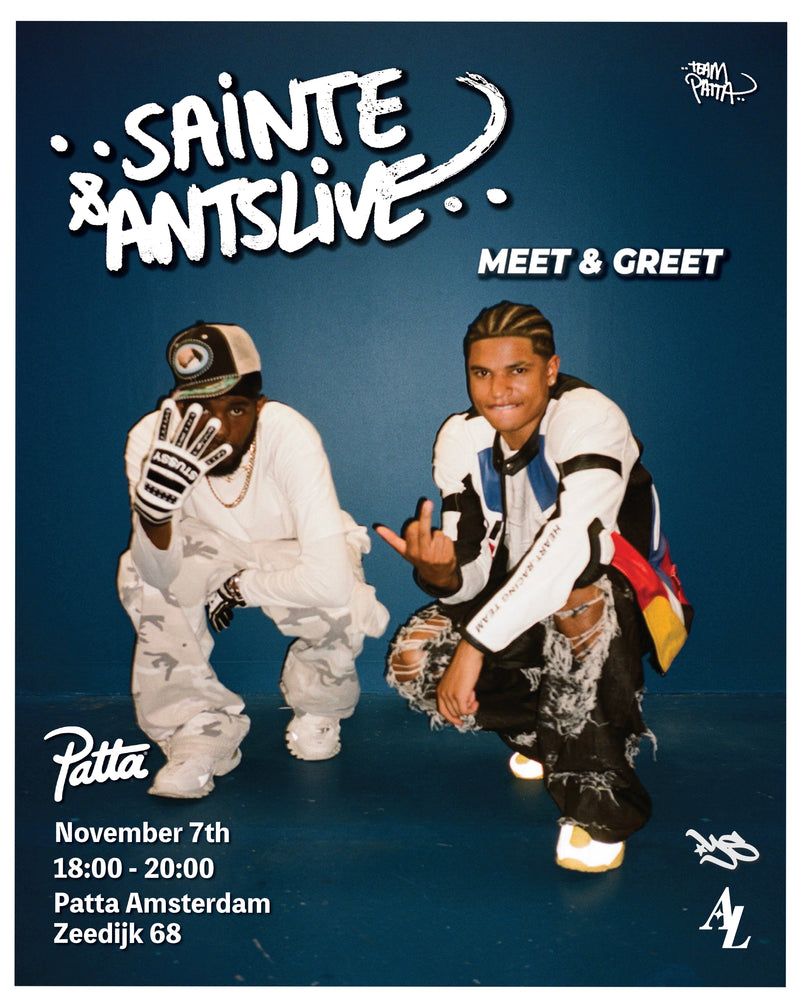
Sabine Van Wechem Interview
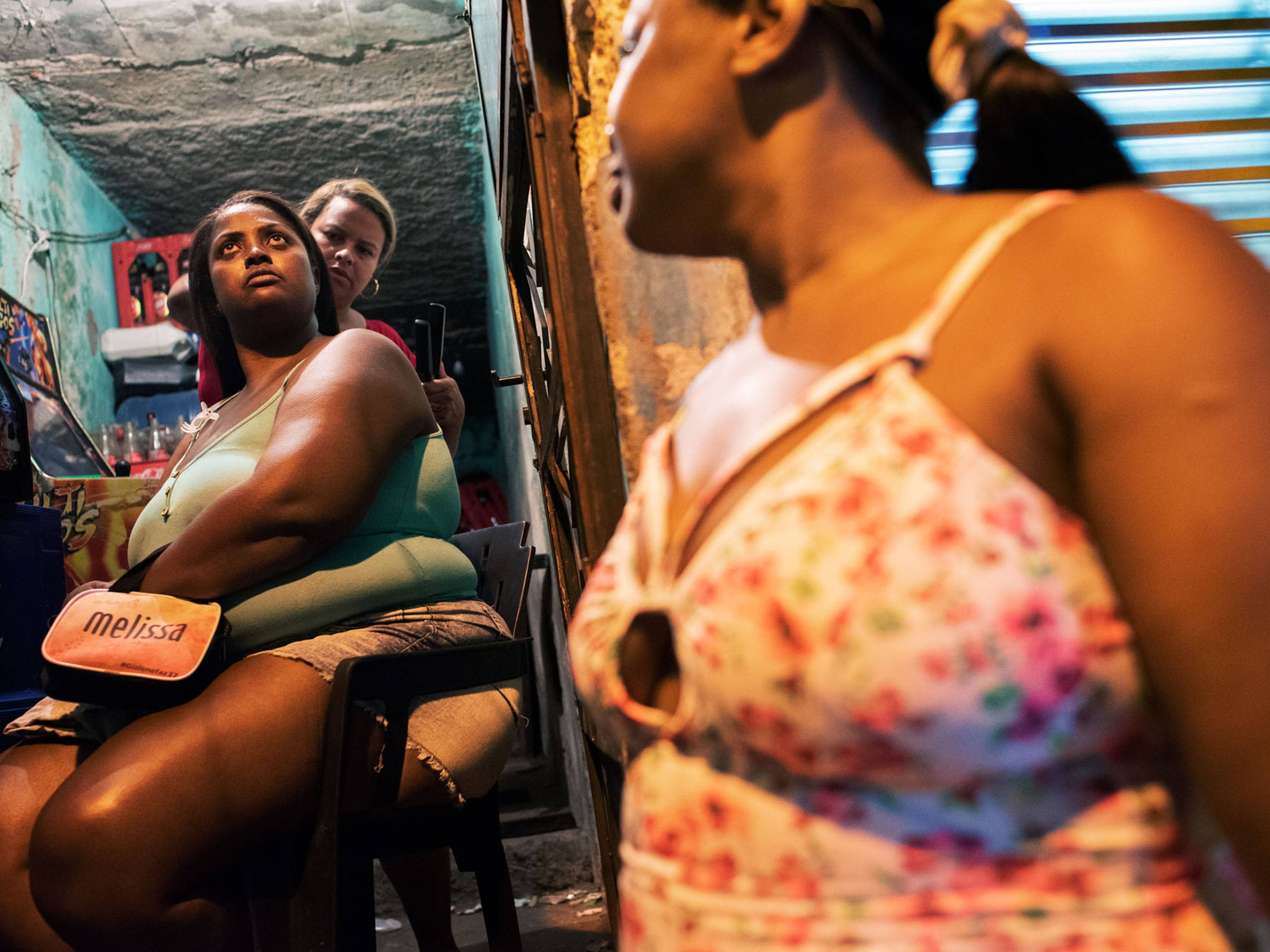
October 5th till November 4th 2018, Sabine van Wechem presents her newest collection of artworks. The exhibition is the result of a mentorship program, initiated by Melkweg Expo, Fotolab Kiekie and Eizo last year, and consists of photos taken in the last three years in the Favelas of Brazil. Sabine took the time to sit down with Patta ahead of the show, read the interview here.
Could you introduce yourself?
I’m Sabine van Wechem and I’m a Documentary and portrait photographer. I study at the Fotoacademie and I’m in my final year. At the moment I've been working on Fica Suave, about the life in Rio de Janeiro for about three years.
How did you get started with your project?
A couple of years ago I went to Rio de Janeiro with Rocky Hehakaija. I went with her foundation Favela Street to the Favelas. That’s how I came to the Favelas and because of her I got to know lots of people and made friends. After a while you think; ‘hey these people have some stories to them’, you start visiting their homes and that’s when I thought I could make a project out of this. And now I have been working on it for three years.
It’s a beautiful project and I am very thankful for the people there that are so open with me. I wouldn’t have gotten the chance to make this project happen,without their trust and access to the neighborhood, and their friends and family. They take care of me when I am there. I’m really thankful for that.
What were your expectations before you started the project?
I actually didn’t have expectations. I started on a small scale and I thought "I want to photograph the people there" and eventually it started to get bigger. I came back every time, and I got more attention because the project.
And at the beginning of the year, Kiekie called me up and asked if I wanted to make time to further work on my project that summer, with a sponsoring from Kiekie, the Melkweg and Eizo. So, it does get bigger every year. That was very exciting, but I didn’t expect it.
Why did you actually go to the Favelas?
Well, Rocky was already there because of her project Favela Street, and because of the fact that you gain access from a neighborhood and the people there, I thought; I would like to do something with that. The people are amazing and very friendly, they take care of one another. They really are a community. But in addition, you have that hard contrast with the violence, the alcohol, the drugs, drug gangs, and the police. The contrast was what I found very interesting.
In the ‘arena’ of all that violence: drugs and guns, there are just people living right in that ‘arena’. They just have to get through their day and go to the supermarket, or something like that. How do those people live? And that’s where I put my focus on. You get to know one another, and I had come back to the Favelas, and they would just think ‘hey! She’s back again with her camera’. After that, they keep opening up. And I am very thankful for them. Without them, I wouldn’t have gotten the chance to make this project.

What did you want to show the viewer?
That there is a different side of the Favelas instead of the ‘arena’ of alcohol, drugs, and poverty, what gets a lot of attention and gets written about in the news or gets highlighted in the media. The negative side of the life in the Favela. People in disadvantaged neighborhoods. It’s always very negatively portrayed. While they are also human, and they also deserve attention and I think it also needs to be portrayed in a positive way instead of always the negative. That goes for a lot of people who get portrayed negatively in the media. Often enough there are a lot of stereotypes over certain groups of people. And I think that everyone can get portrayed in their own certain way.
And did you try to get a certain storyline with it?
On my last trip, I worked towards a storyline. The last couple of years when I was with my four friends, I spent more time with them. After a while, I thought it would be prettier if I gave the story more depth. We did this by showing Favela in the eyes of a seventeen-year-old, Thay. A girl that also belongs to the friends that I had made there. And I thought about how beautiful it would be to show it in her perspective and showing more of her friends and family. Just her own environment. On the last trip, I really focused more on her, that’s how I really got more depth and more of a story in it.
The €2.000 budget you got from the FOLLOW trajectory, to what extent did that help you build this project?
Well, I was very happy with the money they gave me. That meant my ticket would already be secured, my stay there, and the development of my photo rolls because I also shot medium format analog. So, those also cost money. In that way; it has helped a lot.
From your point of view; what makes a great photo?
Uhm, well it’s very diverse of course. You can find lots things good, it all depends on what way you are looking at it. From which perspective. I always find it very beautiful if you can see some form of a story in it, if something has a meaning. Or when you keep looking at a certain photo because of, for example, the dynamic looks between people. Certain lines in a story or certain layers of depth that are in it. That is something that always interests me. When you are looking at a photo for an extended time because you see people in it and you wonder; hey, why is that person standing right there, or when the photographer thought about a certain composition. But with portraits, you really want to see someone. Then you would want to feel the connection between the photographer and the portrayed. You would want to feel the story of who's in the photo.
What in your opinion, is the most important thing to ask yourself when you are shooting?
You need to know why you want to photograph a certain person and what the story behind that person is. What the connection is between the photographer and the person you are photographing. It is an interaction between two people. Because you can take a certain photo of her but when I take a photo of her, it can show a whole different story. It’s always a relation between two people. It can also be very interesting to see what a certain chemistry is between two people. I also find it very important to see the tranquility and to connect with someone at such a moment, and to do that with someone. And with all the peace and quiet to see and feel someone. Someone that feels comfortable and is open to being photographed.
With documentary photographing it is important to know what you want to tell and what you are looking for and to also be a 'fly on the wall' at certain moments because if you do that, they won't notice the photographer and move on with whatever they were doing.

Have you ever had someone that didn’t open up while photographing?
Yeah, I made a portrait of the mother of Thay, the girl from the Favela. And she didn’t want to be on photos, but I found it very important to also photograph her mother, so with a lot of convincing from my side and Thayi’s, she eventually went along with the photo. But I saw her discomfort when I photographed her. Sometimes discomfort can be a beautiful thing in a photo. That it scours a bit. But for me, as a photographer, I felt that and saw it back in the photo as well. But others couldn’t see it. They saw that she was open. So, that was my own experience in the moment that affected it. When you would see the photo separate from the others you wouldn’t see it,
but at the moment I did feel that it didn’t completely work. Sometimes you would need to take a photo within two minutes and that is very quick, but you can still be quite happy with the result in the end.
What have you learned from the experts that have guided you for the six months of the FOLLOW trajectory?
A lot. First of all, I got the chance to do this, they offered me this, that’s something I’m very thankful for, but they taught me how to arrange an exhibition; you come home with your material, a disk full of photos, and then what? They really helped me with that. In terms of the selection and how you want to tell something. How do you tell something in a certain space with a couple of walls? You have a list of photos and they have to hang on the walls and how are you going to do all that? That’s something where Fleurie from the Melkweg helped me a lot with. They, of course, helped me with printing all the prints; that’s where Denise from Kiekie helped me a lot with. So, I’m also very thankful for that. And besides all that, I have a mentor from the Fotoacademie who has helped me a lot for about three years now. She helped me a lot with the content; you want to tell a story but how do you do that? What do you need to tell a story; what are the elements.
What does the future hold for you?
I want to continue with the project, I would want to make it bigger, and eventually, I would like to make it a long-term project and expand it; in terms of video, audio and photography. Perhaps a solo exhibition. Taking my work back to Rio de Janeiro and to the Favela; that I can exhibit it over there, to show my work to the people there. Also, to show the people in Rio another side from the people in the Favela. Because there is also a dividing line over there; between the people who live in the Favela and the people who don’t. They also have a certain perspective of the people.
It would be amazing if it was a traveling exhibition, to show my work in different neighborhoods around the world. Just so they can see that there are more people living like this and that you can have a good life even though you live in such a neighborhood. So that they can receive recognition.

FOLLOW EXHIBITION
October 5th till November 4th, 17.30-21.00
Lijnbaansgracht 234A
Amsterdam
